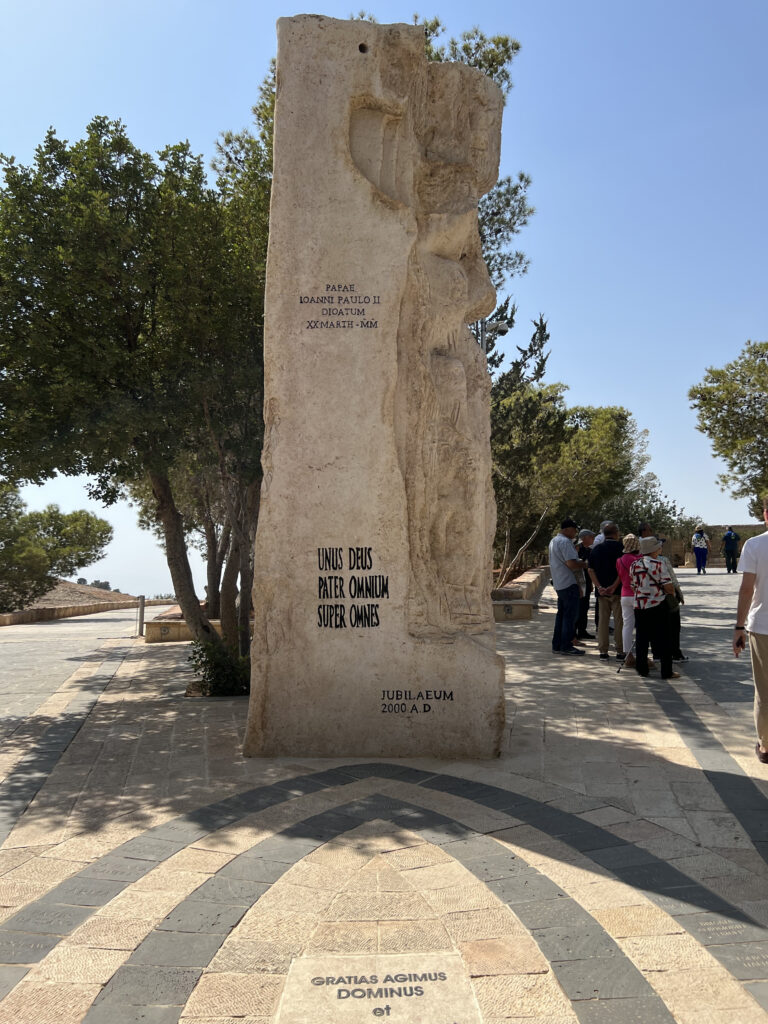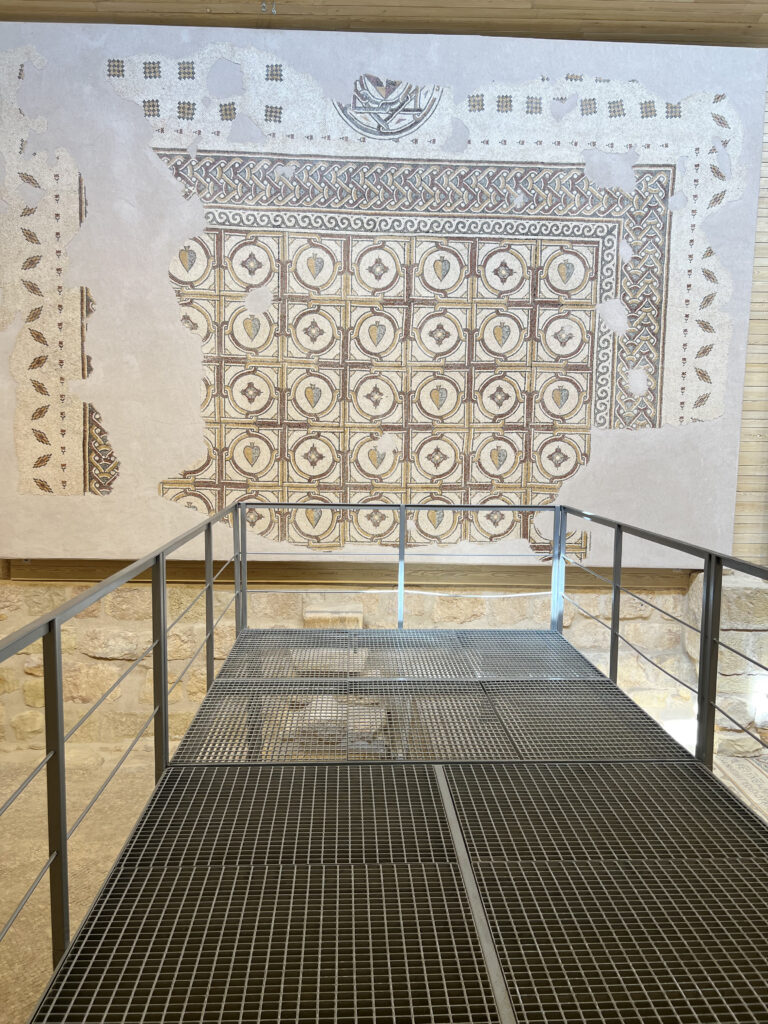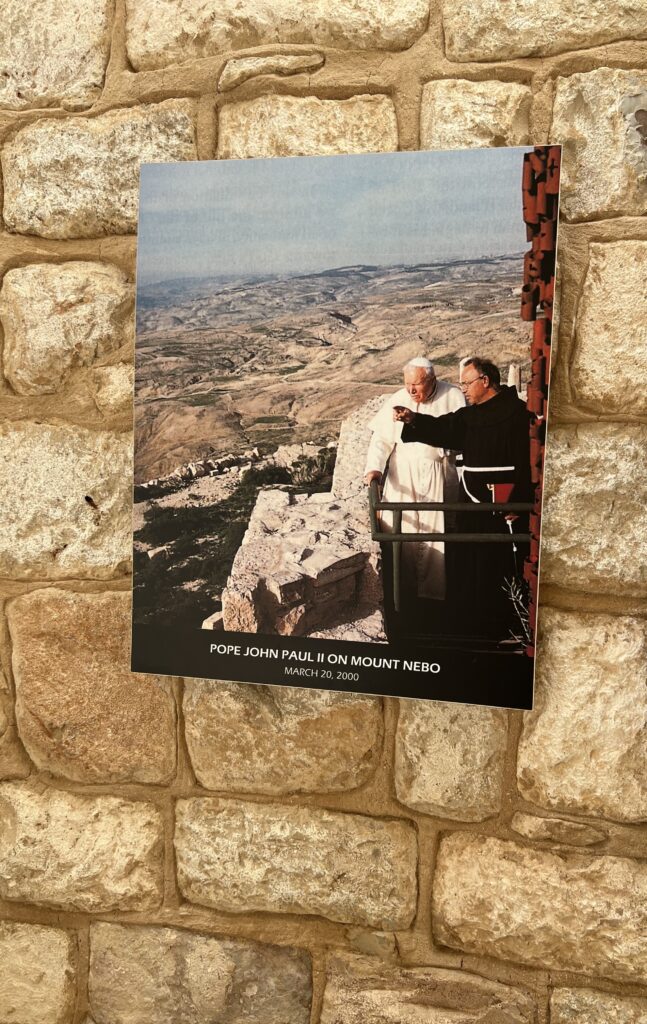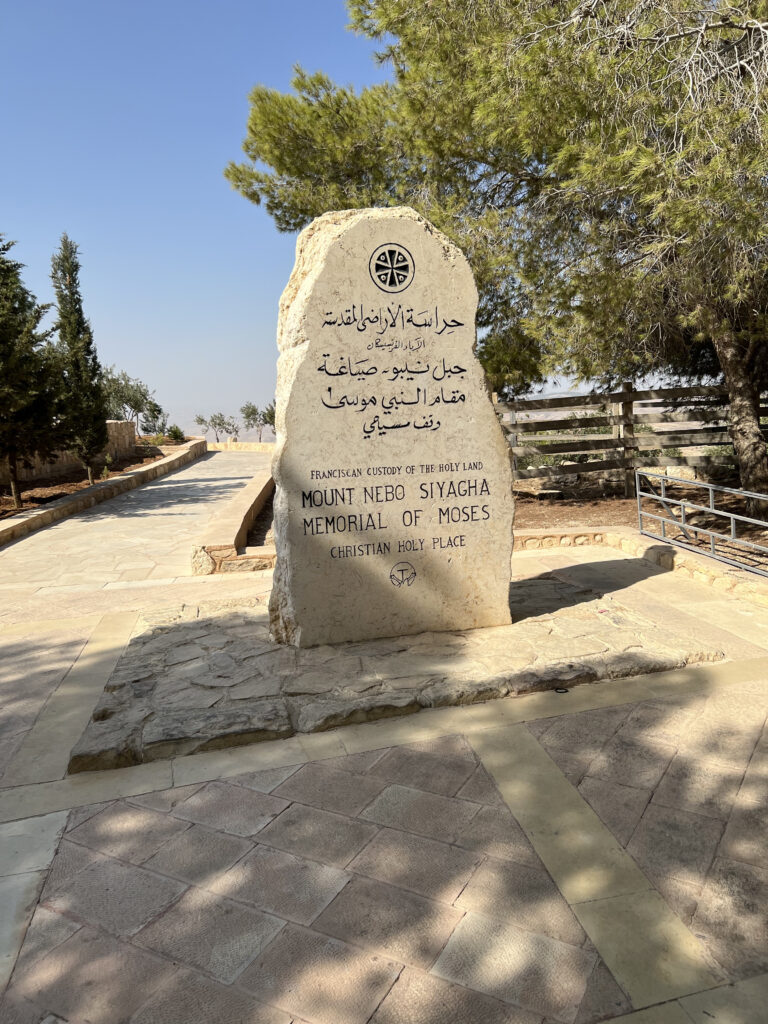A vast, expansive, plain scorching red-hot desert — sans any form of life nor Bedouin tents and their accompanying animals, not even a tree — with only one road. This greeted us en route to Mount Nebo, one of the Hashemite Kingdom of Jordan’s most popular pilgrimage spots. And for good reason!

Having passed through this desert, it made me further understand the exodus from Egypt to escape from slavery, where they roamed these sands for 40 years.
Situated approximately 30 kilometers from the capital Amman, and just within the environs of the Dead Sea, the ridge of over 2,000 feet high provides pilgrims and the curious a 360-degree panoramic vista all year round. It awards an expansive view of the city oasis of Jericho, the beloved city of Jerusalem, and even the troubled West Bank in the Palestinian Territory. Even the Biblical town of Nebo, which shares the same name as the mount, is just a short ride away.
As the Bible recounts, Moses, the liberator of the slaves and the oracle for the Ten Commandments, gazed upon the Promised Land of Milk and Honey here just before he passed on.



Aside from the scriptural description, the trek up to the summit likewise proves fruitful to travelers, as I stumbled upon some tidbits: Mount Nebo has been mentioned in the Good Book several times. First was Moses’ ascension where he glimpsed Moab, but could not gain entry. The second alludes that Jeremiah the Prophet hid the Ark of the Covenant and the Tabernacle inside one of the caves around the barren land.

After a slow climb — how we wish we were in a better fit — we reached the peak. We spotted the iconic serpentine cross sculpture, based on the story of a bronze serpent which healed the prophet who miraculously parted the Red Sea so they could finally cross, combined with the crucifix.

We then found refuge at a Byzantine church which dates back to the 4th century, initially built to commemorate the area where Moses drew his final breath. In relatively recent times, it was only rediscovered in 1933 and has since become a Basilica which houses exquisite mosaics from various periods of time — all restored to the best condition one could muster. The oldest piece is a panel with a braided cross. A braided cross? We wondered in silence. Hmmm.

The House of Prayer has since been renovated to enable its use for liturgical rites. In fact, even Pope Saint John Paul II, the traveling pontiff of modern times, planted an olive tree next to this chapel as a symbol of peace.
Pope Benedict XVI likewise set foot on the site and gazed upon the same horizon which Moses once saw.

These two pastoral visits are visibly commemorated through stone slabs and photographs, with hopes to preserve the tradition of visitation through the centuries.
Though isolated in nature where one can feel detached and all alone, Mount Nebo remains a
must-visit for the devout of faith, as it played a crucial role in modern-day Christianity. If it’s more than significant for the Popes that it deserved a journey during their respective busy papacies, then it’s definitely enough motivation for the rest of us!
